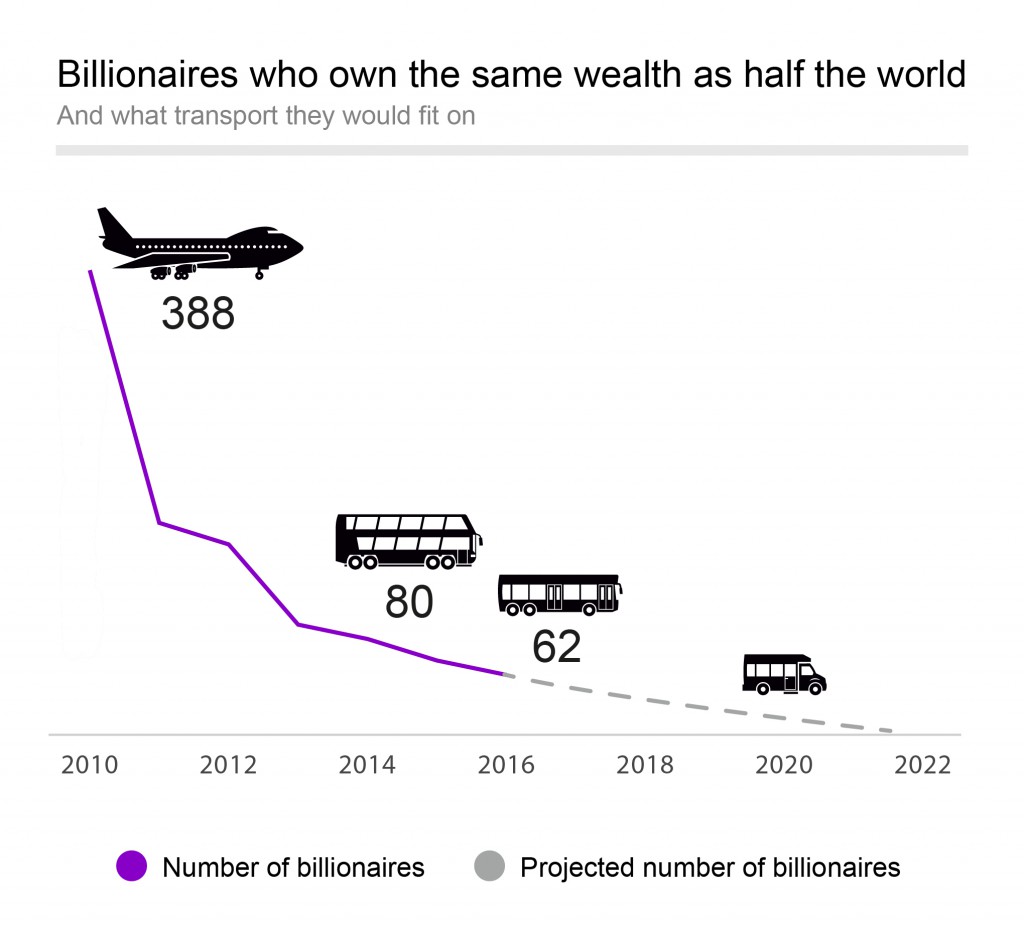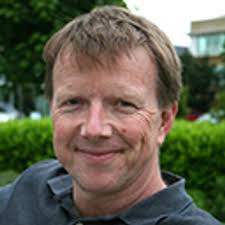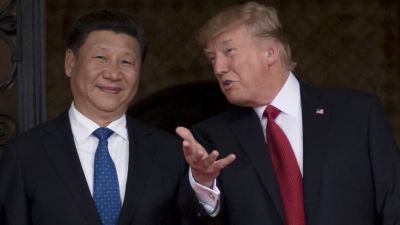
Participants attend a meeting on the theme "Monetary Policy: Where Will Things Land?" on the opening day of the World Economic Forum, on January 17, 2017 in Davos. The global elite begin a week of earnest debate and Alpine partying in the Swiss ski resort of Davos. (FABRICE COFFRINI/AFP/Getty Images)
This post originally appeared at Oxfam’s From Poverty to Power blog.
It’s Davos this week, which means it’s time for Oxfam’s latest global “killer fact” on extreme inequality. Since our first calculation in 2014, these have helped get inequality onto the agenda of the global leaders assembled in Switzerland. This year, the grabber of any headlines not devoted to the US presidential inauguration on Friday is that it’s worse than we thought. Last year it was 62 people who owned the same as the poorest half of the world. This year it is down to eight. Just eight men have as much wealth as 3.6 billion poor men, women and children. Think about that for a moment, before getting geeky and carrying on with the rest of this post.
Every year, there are also regular attempts at rubbishing the new stat. An admirably nerdy box in Oxfam’s new paper for Davos both explains the origins of the new number (better data) and addresses the expected counterarguments.
In January 2014, Oxfam calculated that just 85 people had the same amount of wealth as the bottom half of humanity. This was based on data on the net wealth of the richest individuals from Forbes and data on the global wealth distribution from Credit Suisse. For the past three years, we have been tracking these data sources to understand how the global wealth distribution is evolving. In the Credit Suisse report of October 2015, the richest 1 percent had the same amount of wealth as the other 99 percent.
This year we find that the wealth of the bottom 50 percent of the global population was lower than previously estimated, and it takes just eight individuals to equal their total wealth holdings. Every year, Credit Suisse acquires new and better data sources with which to estimate the global wealth distribution: its latest report shows both that there is more debt in the very poorest group and fewer assets in the 30–50 percent percentiles of the global population. Last year it was estimated that the cumulative share of wealth of the poorest 50 percent was 0.7 percent; this year it is 0.2 percent.

The inequality of wealth that these calculations illustrate has attracted a lot of attention, both to the obscene level of inequality they expose and to the underlying data and the calculations themselves. Two common challenges are heard. First, that the poorest people are in net debt, but these people may be income-rich thanks to well-functioning credit markets (think of the indebted Harvard graduate). However, in terms of population, this group is insignificant at the aggregate global level, where 70 percent of people in the bottom 50 percent live in low-income countries. The total net debt of the bottom 50 percent of the global population is also just 0.4 percent of overall global wealth, or $1.1 trillion. If you ignore the net debt, the wealth of the bottom 50 percent is $1.5 trillion. It still takes just 56 of the wealthiest individuals to equal the wealth of this group.
The second challenge is that changes over time of net wealth can be due to exchange-rate fluctuations, which matter little to people who want to use their wealth domestically. As the Credit Suisse reports in US dollars, it is of course true that wealth held in other currencies must be converted to US dollars. Indeed, wealth in the UK declined by $1.5 trillion over the past year due to the decline in the value of Sterling. However, exchange-rate fluctuations cannot explain the long-run persistent wealth inequality which Credit Suisse shows (using current exchange rates): the bottom 50 have never had more than 1.5 percent of total wealth since 2000, and the richest one percent have never had less than 46 percent. Given the importance of globally traded capital in total wealth stocks, exchange rates remain an appropriate way to convert between currencies.
The paper has a larger aim, setting out some initial thinking on the constituent elements of a “human economy approach” that can turn around both inequality and other public bads created by prevailing orthodoxies. Here are the headlines:
- A human economy would see national governments accountable to the 99 percent, and playing a more interventionist role in their economies to make them fairer and more sustainable.
- A human economy would see national governments cooperate to effectively fix global problems such as tax dodging, climate change and other environmental harm.
- A human economy would see businesses designed in ways that increase prosperity for all, and contribute to a sustainable future.
- A human economy would not tolerate the extreme concentration of wealth or poverty, and the gap between rich and poor would be far smaller.
- A human economy would work equally as well for women as it does for men.
- A human economy would ensure that advances in technology are actively steered to be to the benefit of everyone, rather than meaning job losses for workers or more wealth for those who own the businesses.
- A human economy would ensure an environmentally sustainable future by breaking free of fossil fuels and embarking on a rapid and just transition to renewable energy.
- A human economy would see progress measured by what actually matters, not just by GDP. This would include women’s unpaid care, and the impact of our economies on the planet.





